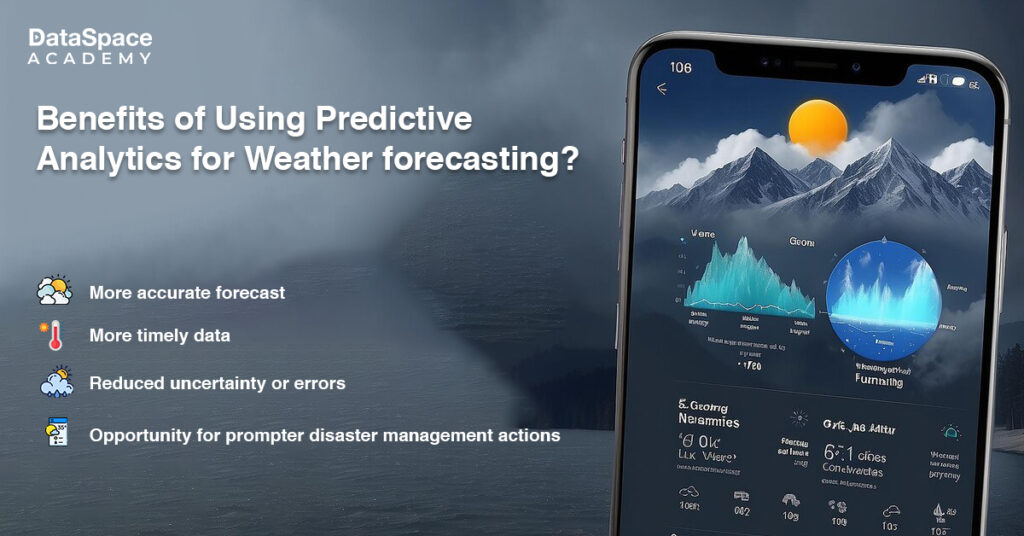 Data analysts deploy Predictive Analytics, an advanced subset of the analytics ecosystem, in projecting highly accurate weather prediction. Predictive Analytics makes use of data algorithms, models, and trends based on past and present data. This is generally a complex process that involves collecting data from various sources and interpreting it with various advanced data analytics tools to make accurate predictions.
Data analysts deploy Predictive Analytics, an advanced subset of the analytics ecosystem, in projecting highly accurate weather prediction. Predictive Analytics makes use of data algorithms, models, and trends based on past and present data. This is generally a complex process that involves collecting data from various sources and interpreting it with various advanced data analytics tools to make accurate predictions.
 Predictive modelling techniques for weather forecasting have become incredibly sophisticated, all thanks to ML integration with data. Here’s a look at some of the key techniques that are transforming current and future weather predictions.
Predictive modelling techniques for weather forecasting have become incredibly sophisticated, all thanks to ML integration with data. Here’s a look at some of the key techniques that are transforming current and future weather predictions.
